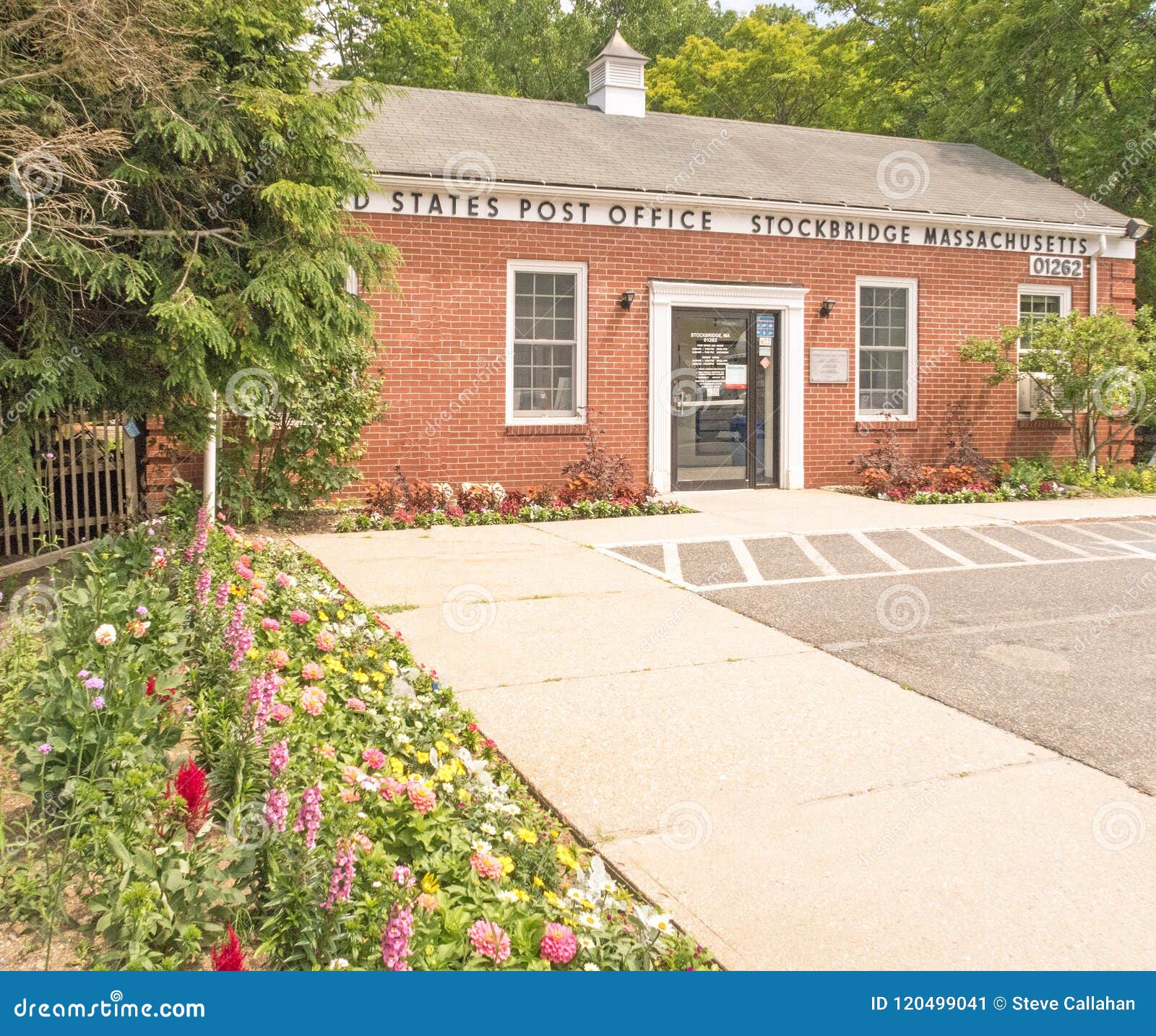
This pergola forms a backdrop to the central lawn area and doubles as a stage and performance space. A garden trellis connects the two plazas, providing a shaded promenade. The North Plaza features sculptor Howard Ben Tré’s major fountain/sculpture. Plazas inside the park at each end provide the setting for major focal elements. These permeable edges also have the effect of providing a strong feeling of security within the park. Low walls were designed for the park’s interior, serving as path edges and seating, while curbs and lawn around the periphery permit broad views in and allow the park to be enjoyed by passersby. Clear sight lines were established into the park from surrounding streets, with focal points on axis with park entrances to arouse curiosity and draw people in. Its most prominent feature is an open lawn on surrounded by an over-story of large deciduous trees. The park was designed to be a garden for all seasons. The design team’s concept meticulously followed the client’s detailed program, such as the requirement that 50% of the park should be hardscape-a characteristic that users of the leafy park are usually astonished to learn. The design scheme for the park sought to create new downtown green space open to the public-one that was rich in detail and visual interest, that recognized the area’s architectural heritage, and that provided welcome relief and contrast to the dense urban fabric surrounding the park.

from the submission of the landscape architecture firm that won the competition. Because we believe Boston is a special city, we believe this park must also be a distinctive and compelling space, of exceptional artistic merit." "We have designed Post Office Square Park to be an expression of downtown Boston, its unique culture, its values and its vitality. By 1987, the Friends achieved both of these goals.Įarly on, the Friends took three more critical steps: (1) they traveled to other cities to see, first-hand, what park design elements were successful (and otherwise) (2) they worked with leading urban designers at SOM to craft a well-thought-out, succinct Park Program Statement, that defined users and uses for the park, spelled out design objectives and requirements and (3) they administered an extensive national competition to select a designer. Simultaneously, they set about raising private funds to cover design and construction of the garage and the park. Encouraged by technical and legal analyses, the group incorporated in 1983 as “Friends of Post Office Square, Inc.”-and promptly undertook to find a way acquire the site before the end of the lease. Together they came up with an innovative approach to financing and developing a park that would be supported by a new parking facility to be built beneath it. He started by gathering some of Boston’s most creative business minds. Soon thereafter, Leventhal resolved to rid the financial district of its unsightly blemish. Leventhal, a prominent Boston developer, became a neighbor of Garage Unit 3, when he developed a luxury hotel in an adjacent 1922 building originally built for the Federal Reserve Bank of Boston. Things began to change in the early 1980s. Landscape Architecture Magazine called it a “hideous structure, casting an evil eye on Boston’s Financial District.” To many observers, the garage was a blight on the entire downtown area. Surrounding buildings turned their backs to the site. Before long, “Parking Garage Unit 3,” poorly maintained and strewn with trash, had deteriorated significantly. In that year, after the Post Office had relocated, the City made a deal with a local taxi magnate to build and operate a parking garage on the site, under a 40-year lease. Over the decades, the “square” was repaved but otherwise not improved until 1954. Post Office Square first emerged in 1887 as the publicly-owned forecourt for Boston’s new Main Post Office.

Robert Campbell, Boston Globe architecture critic It's as if buildings were pulling up to the park like campers around a campfire." All around it, as if by magnetism or magic, the whole downtown seems gathered in an orderly array. (providing) a center for the city's unfathomable maze of streets and buildings. "Post Office Square Park has changed Boston forever.


 0 kommentar(er)
0 kommentar(er)
